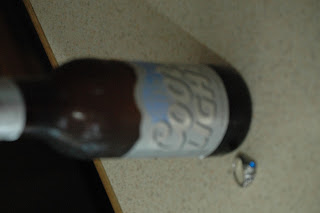This picture of flowers represents adaptation of a plant.
Adaptation of a plant- the functional arrangments of plants and its surroundings in the environment.
This picture of fern leaves represents frond.
Frond- a large leaf compund of a fern.
This picture of the roots represents rhizome.
Rhizome- an underground stem that sends out roots.
Endotherm- an organism that generates heat ti maintain its body temperature.
This picture of eggs represents amniotic egg.
Amniotic egg- an egg that can be laid on land due to the presence of a fluid-filled amniotic sac, that cushions and protects the developing embro.
This picture of my hand represents epithelial tissue.
epithelial tissue- membranous tissue covering internal organs and other internal surfaces of the body.
This picture of yogurt represents eubacteria.
Eubacteria- having simple cells with rigid cell walls and often flagella for movement.
Lipids used for energy storage- lipids are used as a signalling molecule and as a structural component of cell membranes.
This picture of my pigs represents adaptation of an animal.
Adaptation of an animal- is the idea that animals have developed features that help them to survive and thrive when they live.
This picture of beer represents fermentation.
Fermentation- the chemical breakdown of a substance by bacteria or yeasts.
This picture of a strawberry represents asexual reproduction.
Asexual reproduction- reproduction without the fusion of gametes.
This picture of a tide pod represents enzyme.
Enzyme- a substance produced by a living organism that acts as a catalyst to bring about a specific biochemical reaction.
This picture of moss represents lichin.
Lichin- a simple plant consisting of a fungus.
This picture of a flower represents the flower ovary.
Flower ovary- the organ that bears the ovules of a flower.
This picture of leaves represents bilateral symmetry.
Bilateral symmetry- the property of being divisible into symmetrical halves on either side of a unigue plane.
This picture of a yellow cone flower represents a long-day plant.
Long-day plant- flowers only after being exposed to light periods longer than a certain critical length.
This picture of the fish's fins represents an analogous structure.
Analogous structure- structures of different species having similar or corresponding function, but not from the same evolutionary origin.
This picture of my toothbrush represents prokaryote.
Prokaryote- a microscopic single-celled organism that has neither a distinct nucleus with a membrane nor other specialized organelles.
This picture of a bud represents gibberellins.
Gibberellins- any of a group of plant hormones that stimulate stem elongation, germination, and flowering.
This picture of the tip of a flower represents meristem.
Meristem- a region of plant tissue consisting of actively dividing cells forming new tissue.




















Thanks Mikaela. Like the example for the analogous structures.
ReplyDelete